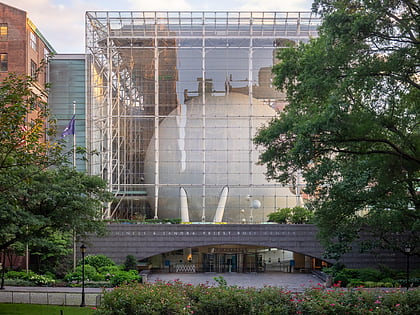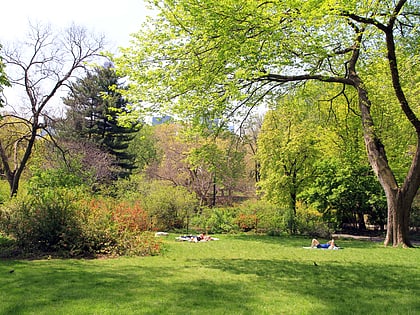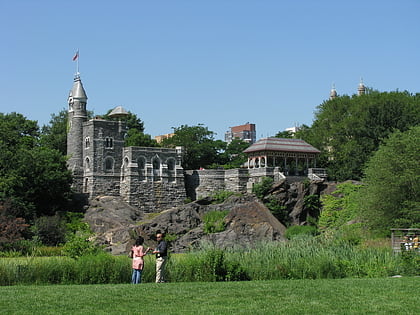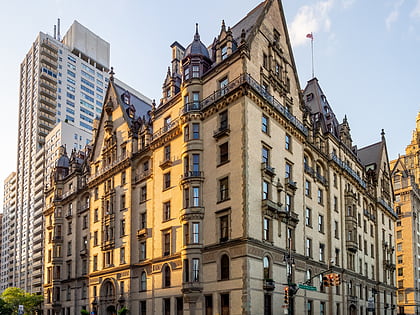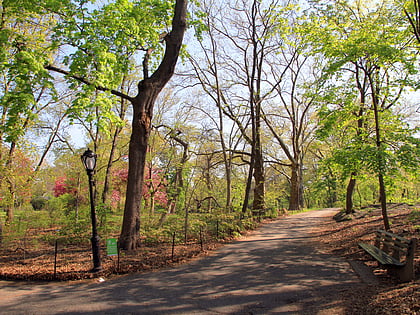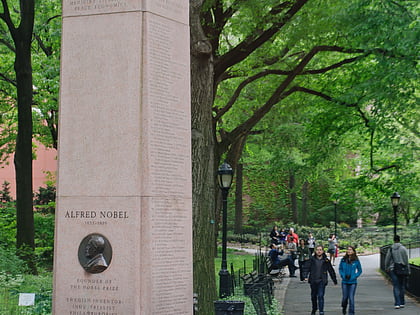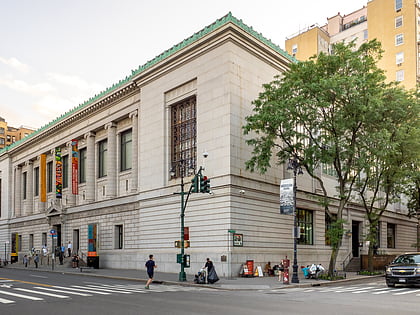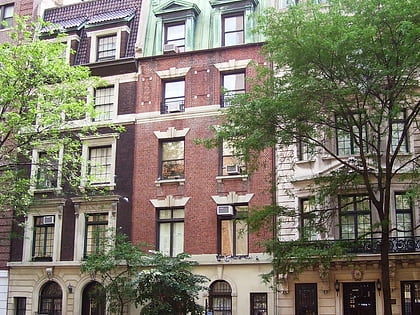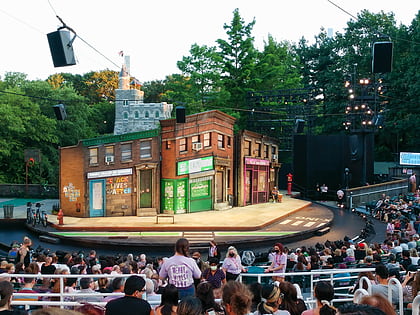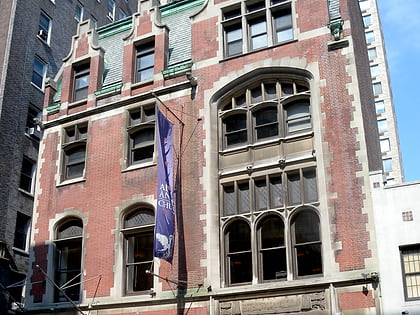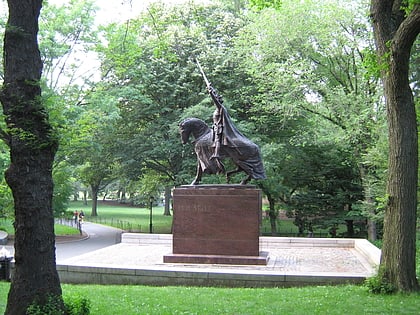American Museum of Natural History, New York City
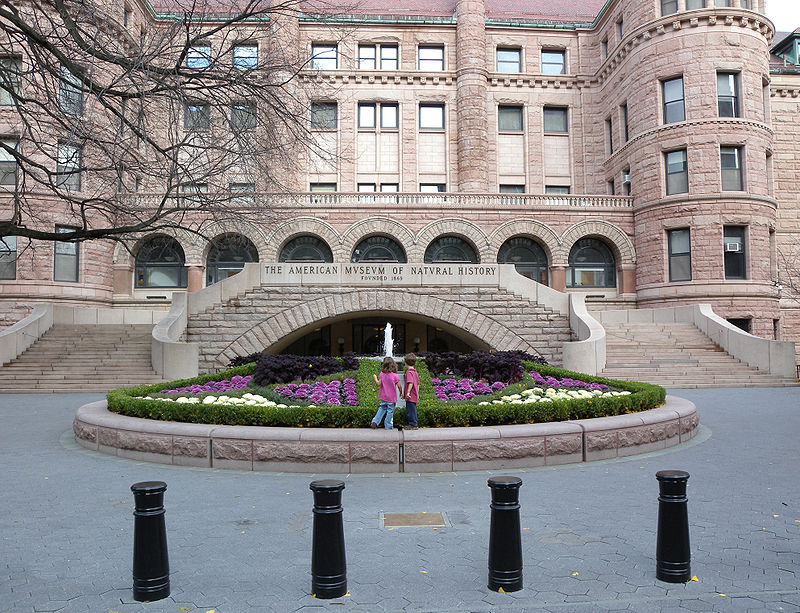
Facts and practical information
Nestled in the heart of New York City, the American Museum of Natural History is a treasure trove of wonders from across the globe. As one of the largest museums in the world, this prestigious institution offers an expansive array of exhibits that span from the depths of the ocean to the farthest reaches of outer space.
The museum, founded in 1869, has since become an iconic landmark and an essential destination for those eager to explore the mysteries of science and the natural world. With a collection that encompasses over 33 million specimens of plants, animals, fossils, minerals, rocks, meteorites, human remains, and cultural artifacts, it provides an unparalleled educational experience.
Visitors to the museum are greeted by the imposing skeleton of a Barosaurus in the Theodore Roosevelt Rotunda, setting the stage for a journey through time and discovery. The museum's extensive dinosaur halls are a highlight, showcasing some of the most complete and awe-inspiring dinosaur fossils ever found, including the mighty Tyrannosaurus rex and the awe-inspiring Titanosaur.
The Rose Center for Earth and Space, a cutting-edge addition to the museum, houses the Hayden Planetarium. Here, guests can embark on a cosmic voyage through the universe, exploring distant galaxies, learning about the forces that shape our cosmos, and pondering the possibility of extraterrestrial life.
The museum's diorama halls offer a glimpse into the diverse habitats and wildlife from around the world, from the African savannah to the rainforests of South America. These meticulously crafted exhibits provide an immersive experience that brings nature's splendor to life.
The American Museum of Natural History is not only a hub for the public's enlightenment but also a center for scientific research and education. The institution's staff includes over 200 scientists, whose research extends into the far corners of the earth and beyond, contributing to our understanding of the natural phenomena that shape our planet and its history.
Open to visitors year-round, the museum offers a range of exhibitions, workshops, and special events that cater to all ages. Whether it's marveling at the grandeur of the blue whale model in the Milstein Hall of Ocean Life or exploring the rich cultural artifacts in the Hall of Northwest Coast Indians, there's something to captivate the curiosity of every guest.
American Museum of Natural History – popular in the area (distance from the attraction)
Nearby attractions include: Hayden Planetarium, Strawberry Fields Memorial, Belvedere Castle, The Dakota.
Frequently Asked Questions (FAQ)
When is American Museum of Natural History open?
- Monday 10 am - 5:45 pm
- Tuesday 10 am - 5:45 pm
- Wednesday 10 am - 5:45 pm
- Thursday 10 am - 5:45 pm
- Friday 10 am - 5:45 pm
- Saturday 10 am - 5:45 pm
- Sunday 10 am - 5:45 pm
Which popular attractions are close to American Museum of Natural History?
How to get to American Museum of Natural History by public transport?
Bus
- Central Park West & West 79th Street • Lines: M10 (2 min walk)
- Columbus Avenue & West 78th Street • Lines: M11, M7 (4 min walk)
Metro
- 81st Street–Museum of Natural History • Lines: A, B, C (3 min walk)
- 72nd Street • Lines: A, B, C (9 min walk)


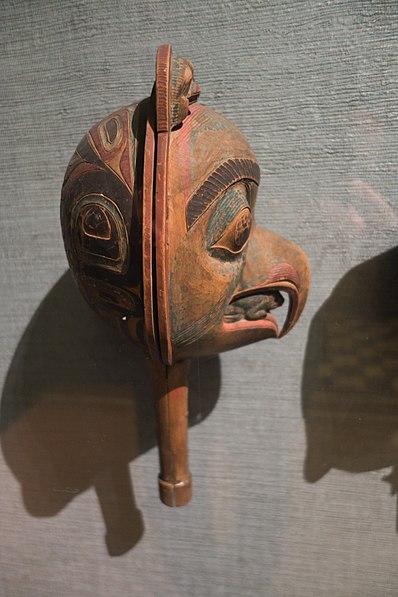
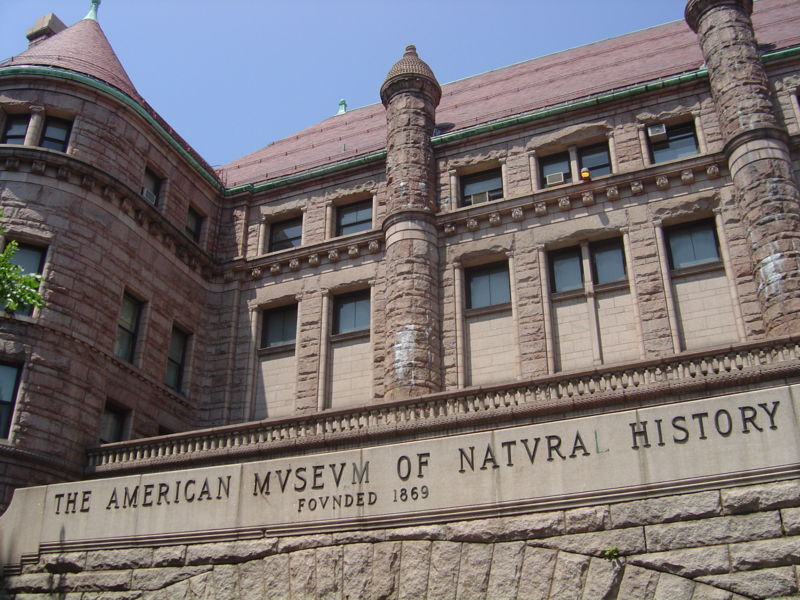
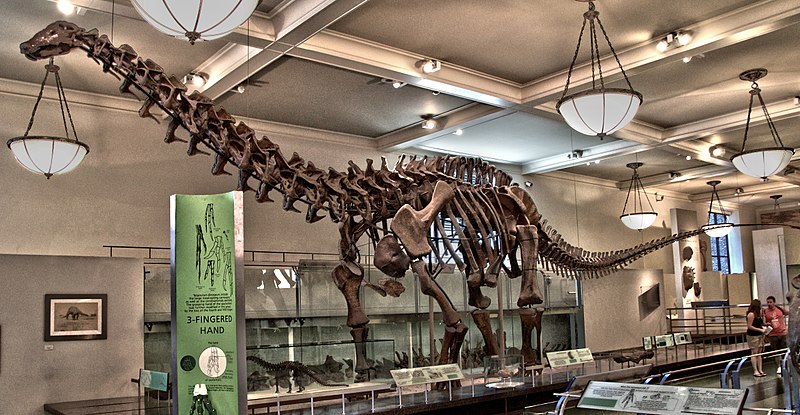
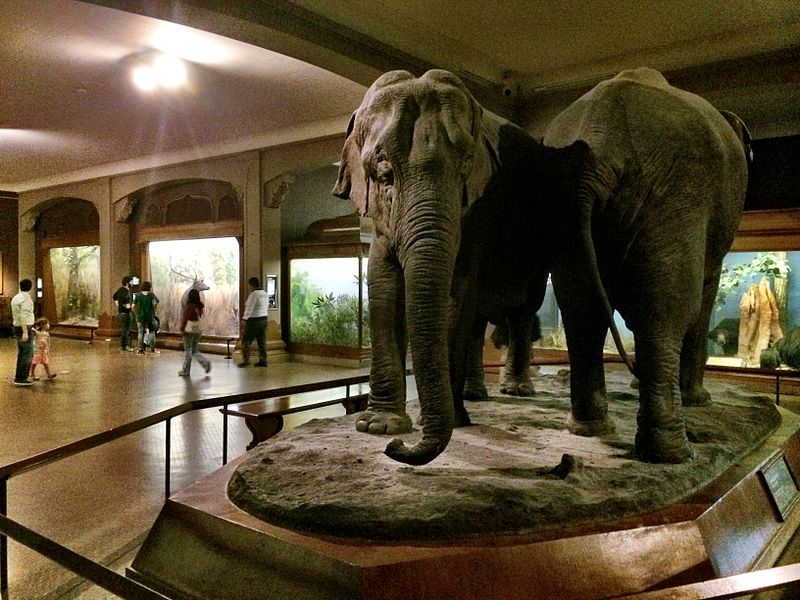
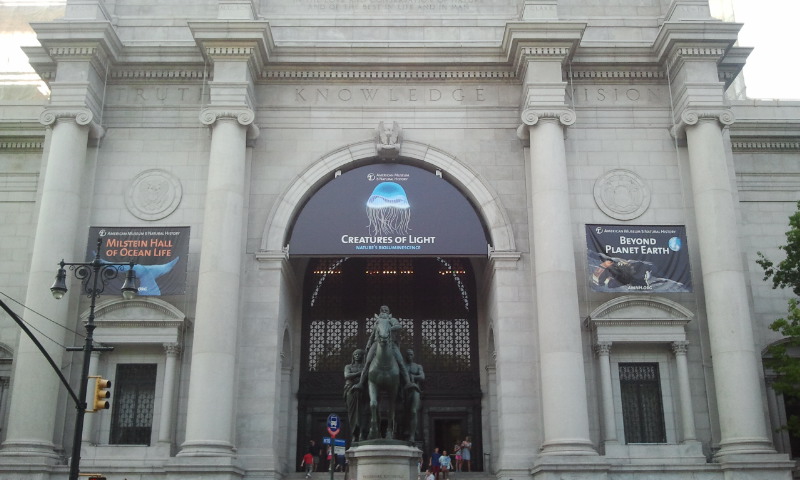

 Subway
Subway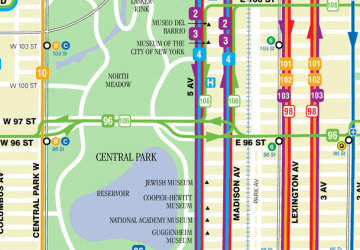 Manhattan Buses
Manhattan Buses